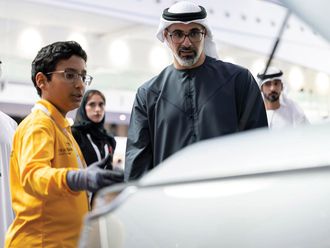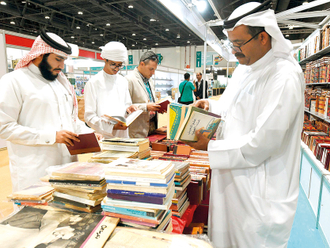DUBAI: Claire Roper-Browning, Head of Marketing and Student Recruitment at Heriot-Watt University Dubai campus, who works closely with schools in the UAE and internationally, shares insights with Gulf News on a selection on key issues facing stakeholders in Dubai’s private school sector.
Reports in the recent past have said the UAE is one of the most expensive places for schooling. Is that still the case?
The UAE’s education sector is one of the fastest growing in the region. There are about 1.03 million students enrolled in both public and private schools as of the academic year 2016-17 and the total number of students in schools and universities in the UAE is projected to grow by 4.1 per cent annually until 2020. Like in any other part of the world, there is a range of school fees in the UAE and this is based on several factors such as the KHDA ratings, the curriculum, the academic track record of past students, how accessible the school is and more.
While there has been an increase in fees over the years, it is also worth noting that the quality of education is strictly regulated by the government. Additionally, the KHDA relies on the Education Cost Index or ECI to set limits on increases in fees. For example, in June 2018, the Dubai Executive Council put a freeze on fee increases for 2018-2019. With more and more new schools opening, there is bound to be more competition in the market, and this could likely result in fees going down.
What are the pros and cons for new schools opening in Dubai, for students, parents, teachers and schools?
The advantages are several – students will have access to a wider choice of schools than before, families may find more schools coming up closer to where they live and the education sector in general will see greater job creation. There may however be a limited supply of talent to fill positions in the schools coming up. However, this is likely to be an issue only in short-term.
Do you agree we are heading towards over supply of capacity?
The Ministry of Education has developed the Education 2020 strategy, which is a series of ambitious five-year plans designed to drive significant qualitative improvement in the way teachers teach and students learn. We expect that the new schools have a role to play in making this happen. So yes, there is room for more schools that meet new and changing educational needs, such as the use of smart learning programmes, teaching life-skills along with core curriculum and those that are more budget-friendly while offering quality education.
How do we define ‘affordable, mid-market, premium schools’, in terms of price points?
It is hard to define schools purely in terms of price points. Choosing the right school for your child is a function of many parameters, and I would urge parents to make a holistic decision based on which curriculum they prefer, what kinds of extracurricular activities the child may be looking for, which style of teaching and more. The market today offers schools across a variety of price points and parents should choose a school that suits their pocket once they are clear about what kind of education experience they want for their child.












